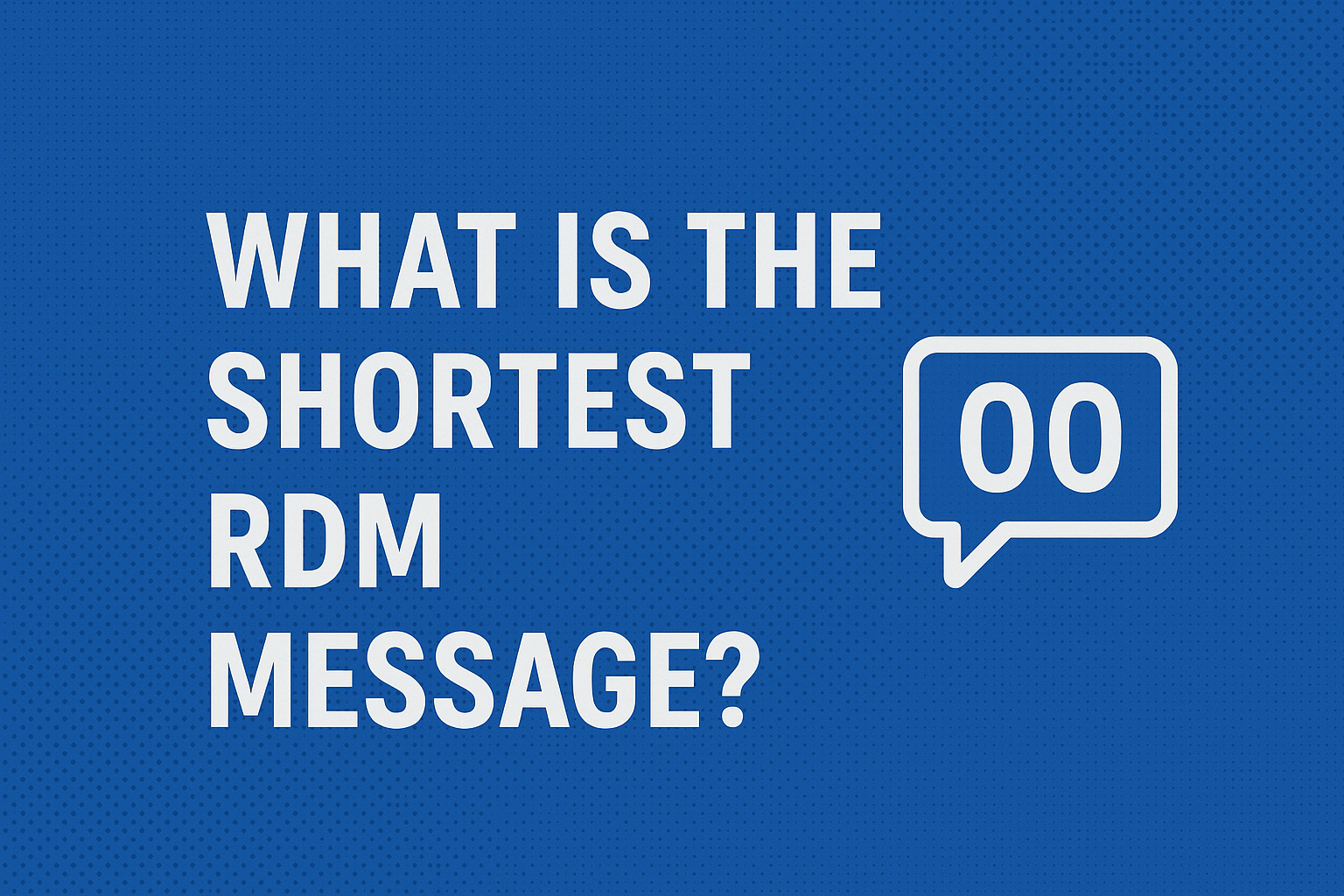What is The Shortest RDM Message? Lighting Control’s Tiny Powerhouse

What is The Shortest RDM Message
In the high-speed world of stage lighting, a 24-byte RDM message can make or break your show. But what’s inside this tiny powerhouse—and why does it matter?
What is RDM? A Protocol Revolution
RDM (Remote Device Management), standardized as ANSI E1.20, transformed lighting control by adding bidirectional communication to DMX512’s 1980s-era framework. Unlike DMX’s unidirectional protocol, RDM lets controllers:
- Discover fixtures automatically.
- Monitor device health (e.g., temperature, voltage).
- Adjust settings remotely—no backstage sprints required.
Example: Broadway technicians use RDM to troubleshoot malfunctioning spotlights during live performances.
Anatomy of an RDM Message
Every RDM packet is a structured data block. The shortest valid message is 24 bytes, split into three parts:
1. Headers (15 bytes)
- Start Code (1 byte): Identifies RDM traffic (
0xCC). - Sub-Start Code (1 byte): Flags message type (e.g.,
0x01for commands). - Destination/Source UID (12 bytes): Unique fixture and controller IDs.
2. Payload (7 bytes)
- Transaction Number (2 bytes): Tracks request-response pairs.
- Command (1 byte): Actions like
GET_PARAMETERorGET_DEVICE_INFO. - Parameter ID (2 bytes): Specifies settings (e.g., dimmer intensity).
3. Checksum (2 bytes)
Ensures data integrity during transmission.
Key Insight: Even a “ping” requires headers and checksums—trimming further breaks protocol rules.
The Quest for the Shortest RDM Packet
Why obsess over 24 bytes? Smaller messages mean:
- Lower latency: Faster polling in time-critical scenarios (e.g., emergency stops).
- Efficient DMX coexistence: RDM uses NULL START Code packets to avoid disrupting DMX512’s 44 ms refresh cycle.
Trade-Off: Speed risks reliability. The ack_timer (1.3 ms minimum) forces controllers to wait for responses. Miss the 2 ms window, and devices are marked offline.
Timing is Everything: RDM Latency Explained
RDM’s strict timing ensures collision-free communication:
| Parameter | Minimum | Maximum |
|---|---|---|
| Controller ack_timer | 1.3 ms | 10 ms |
| Device response | 0 ms | 2 ms |
| Break time | 176 µs | 352 µs |
Case Study: An engineer on the RDM Protocol Forum tested modern LED fixtures and achieved 1.5 ms responses. But adding a 1990s dimmer rack caused timeouts—forcing a switch to 2 ms.
Real-World Applications and Challenges
Lighting Rig Optimization
- Use Open Lighting’s OLA analyzer to test custom packets.
- Start with
GET_DEVICE_INFO(24 bytes) and reduce timers incrementally.
Common Pitfalls
- Cable length: 300 meters adds ~1 µs signal delay.
- Network noise: Cheap cables corrupt checksums, triggering retries.
Pro Tip: Default to 2 ms ack_timers for mixed-vintage setups.
Future of RDM: Faster, Smarter, Stronger
With IoT integration and smarter microcontrollers, sub-1 ms messaging is possible. Innovations like:
- Predictive polling: Controllers anticipate device needs.
- Error-correcting algorithms: Reduce retries in noisy environments.
Prediction: Smart venues will demand RDM 2.0 with sub-500 µs responses by 2030.
How to Optimize Your RDM System Today
- Audit devices: Replace legacy gear causing delays.
- Use shielded cables: Minimize network noise.
- Test with OLA: Find your rig’s latency sweet spot.
Example: A museum cut troubleshooting time by 40% after upgrading to RDM-compatible fixtures.
Conclusion
The shortest RDM message (24 bytes) is a marvel of efficiency—but real-world factors like timing and legacy gear demand flexibility. By balancing speed and stability, you can build lighting systems that shine under pressure.

